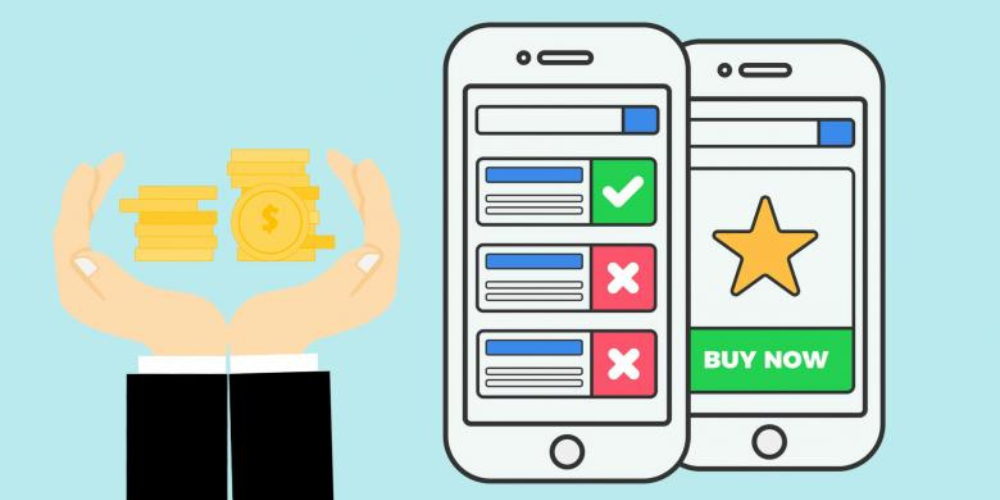
The mobile app market is a dynamic and competitive arena where developers and marketers strive to capture the attention of users in a sea of digital offerings. With millions of apps available across various platforms, standing out and securing a substantial user base is an intricate challenge. To thrive, one must navigate the complexities of mobile app marketing with a mix of strategic planning, creativity, and data-driven decision-making. In this article, we'll explore expert strategies to help you overcome these hurdles and propel your mobile app to the top of the charts.
Understanding Your Audience and Competitive Landscape
Before diving into marketing tactics, it's crucial to gain a deep understanding of your target audience and the competitive landscape. Start by identifying the demographics, interests, and behaviors of your potential users. This knowledge will inform your marketing messages and help you create a user persona that resonates with your audience.
Next, analyze your competition. Look at their marketing strategies, user reviews, and feature sets. Understanding what they do well and where they fall short can help you position your app more effectively. This knowledge not only aids in differentiating your app but also highlights opportunities where you can outshine competitors.
Crafting a Compelling Value Proposition

Your app's value proposition is the cornerstone of your marketing efforts. It's the reason why someone should choose your app over others. To craft a compelling value proposition, focus on the unique benefits and features that your app provides. Emphasize how it solves a problem or enhances the user's life in a way that no other app does.
Once you have a clear value proposition, integrate it into all your marketing materials, from your app store description to your advertising campaigns. Consistency in messaging ensures that potential users quickly grasp what makes your app special, increasing the likelihood of downloads and engagement.
Optimizing for App Store Visibility
App Store Optimization (ASO) is akin to SEO for mobile apps. It involves optimizing your app's title, description, keywords, and visuals to improve its visibility in app store search results. Use relevant keywords that your target audience is likely to search for, but avoid keyword stuffing, which can harm your app's ranking.
Encourage satisfied users to leave positive reviews and ratings, as these can significantly impact your app's visibility and credibility. Respond to user feedback, both positive and negative, to show that you're engaged and committed to improving the user experience. Regular updates that address user concerns can also boost your app's standing in the app store.
Leveraging Social Media and Influencer Partnerships

Social media platforms are invaluable tools for reaching and engaging with potential users. Tailor your content to fit each platform's unique audience and format, whether it's visually driven Instagram posts or informative Twitter threads. Use social media to share updates, run contests, and drive conversations around your app.
Influencer partnerships can amplify your reach, especially if you collaborate with individuals who align with your app's niche. Influencers can provide credibility and tap into their engaged followers to boost awareness and downloads. When choosing influencers, consider their audience's demographics and engagement levels, not just their follower count.
Executing a Data-Driven Advertising Strategy
Paid advertising can be highly effective, but it requires a strategic approach grounded in data analysis. Start with a clear goal, whether it's increasing app installs, boosting engagement, or driving in-app purchases. Use analytics to track the performance of your campaigns and adjust your strategy based on the insights you gather.
Test different ad formats, messaging, and targeting options to see what resonates with your audience. Platforms like Facebook and Google offer robust targeting capabilities, allowing you to reach users based on their interests, behaviors, and even their likelihood to install apps. Continuously refine your campaigns to ensure you're getting the best return on your investment.
Nurturing User Engagement and Retention
Acquiring users is just the beginning; retaining them is where the real challenge lies. Implement onboarding processes that educate new users on how to get the most out of your app. Use push notifications and in-app messages judiciously to keep users engaged without being intrusive.
Offer regular updates that introduce new features, fix bugs, and optimize the user experience. Consider implementing loyalty programs or gamification elements to incentivize continued use. Analyze user behavior to identify drop-off points and address them proactively to keep your user base active and satisfied.
Navigating the challenges of mobile app marketing requires a combination of strategic insight, creativity, and a willingness to adapt to changing market dynamics. By understanding your audience, crafting a compelling value proposition, optimizing for app store visibility, leveraging social media, executing a data-driven advertising strategy, and nurturing user engagement, you can set your mobile app up for success. It's an ongoing process that demands attention and innovation, but with the right approach, your app can rise above the noise and achieve lasting success.
